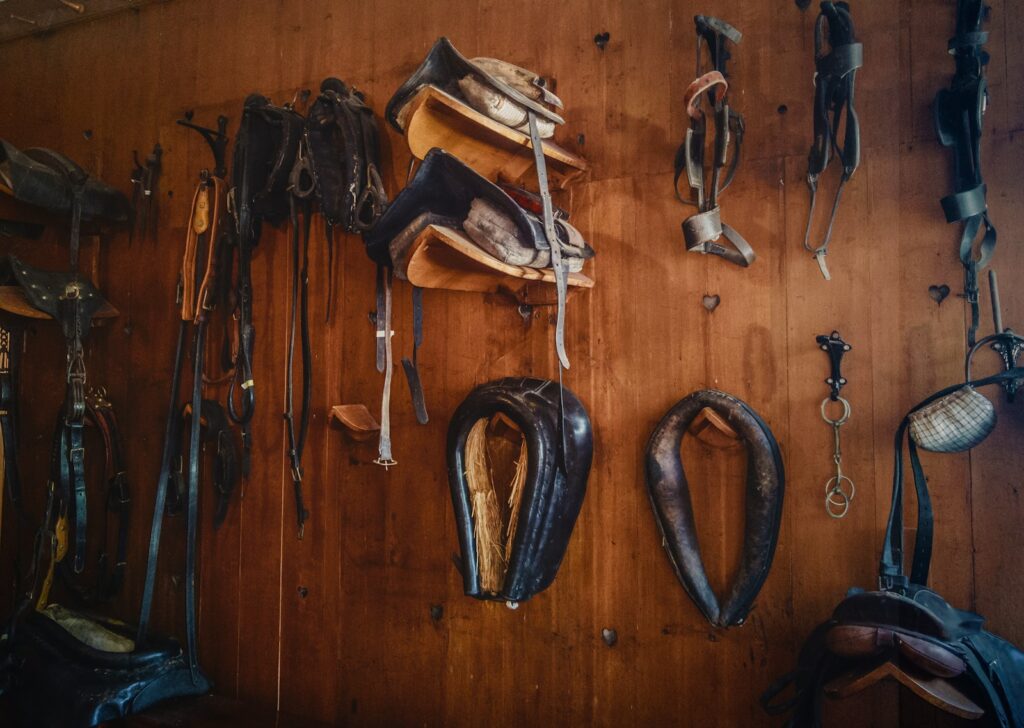Maintaining an organized tack room is essential for every equestrian, whether you’re a weekend trail rider or a competitive show jumper. A well-ordered space not only saves precious time during tacking up but also extends the life of your expensive equipment through proper storage and care. Many riders find themselves frustrated with tangled reins, misplaced brushes, and that elusive hoof pick that always disappears right when it’s needed most. In this comprehensive guide, we’ll explore practical strategies to transform your chaotic tack room into an efficient, functional space that makes your equestrian routine smoother and more enjoyable.
Assess Your Current Space and Needs
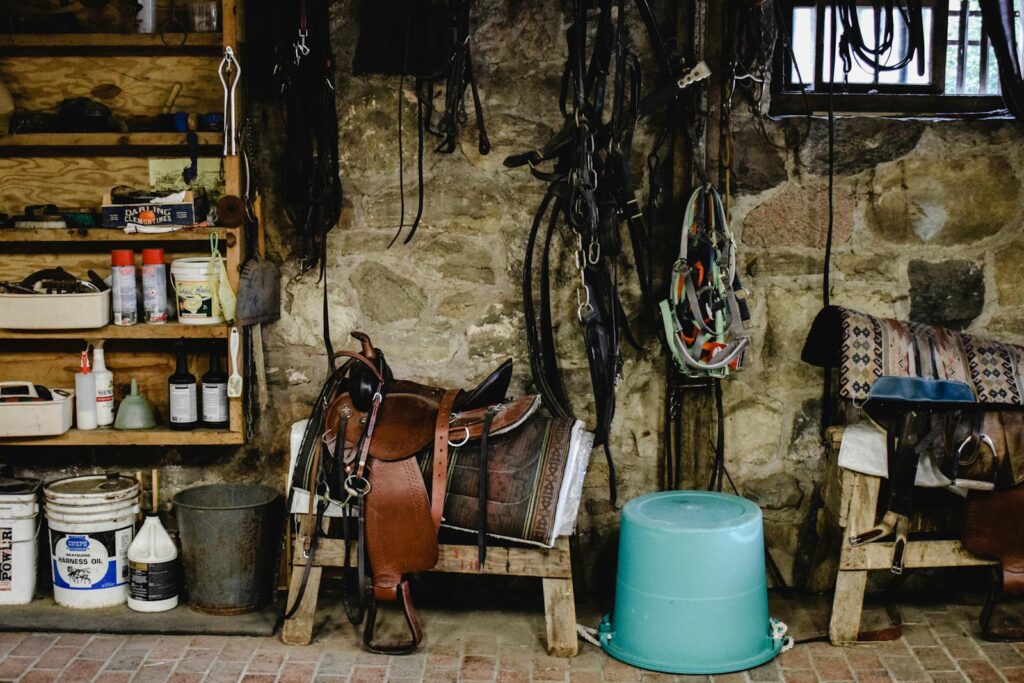
Before diving into reorganization, take time to evaluate your tack room’s current state and identify your specific requirements. Remove everything from the space and categorize items based on frequency of use, identifying what’s essential versus what might be collecting dust. Measure your available space, noting features like existing shelving, electrical outlets, and natural light sources that could influence your organizational system. Consider your daily routine and which items you need quick access to versus those that can be stored in less accessible areas. This initial assessment provides the foundation for a personalized organization system that genuinely suits your equestrian lifestyle rather than forcing a one-size-fits-all approach.
Design a Functional Layout
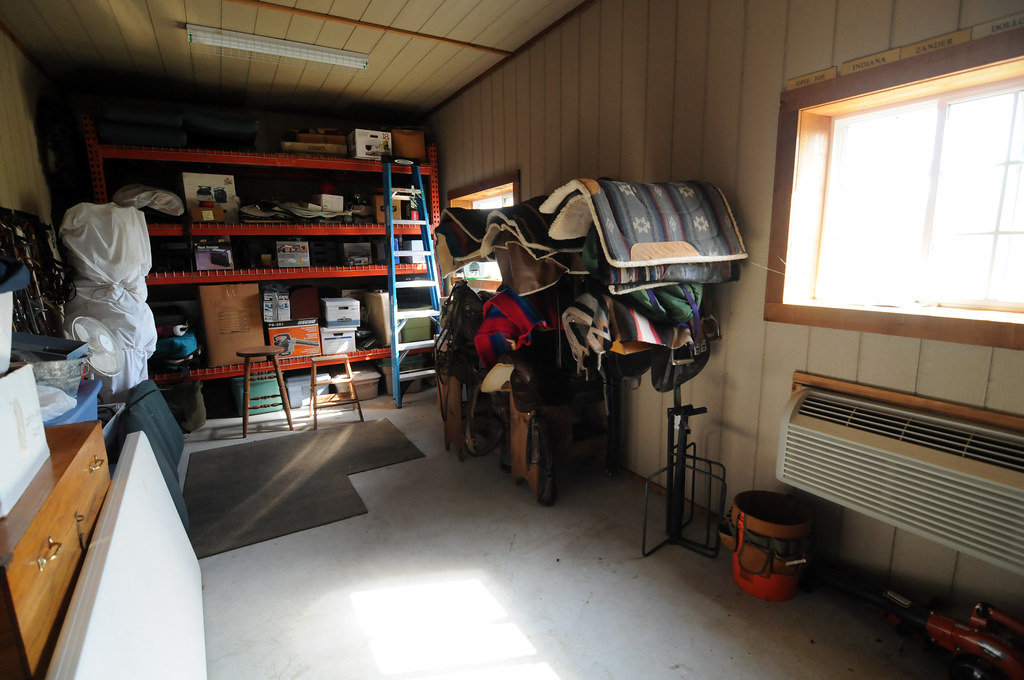
Creating an efficient layout is crucial for maximizing your tack room’s functionality. Position frequently used items like everyday saddles, bridles, and grooming supplies at eye level or within easy reach to minimize unnecessary stretching or bending. Establish designated zones for different activities, such as grooming, tacking up, and cleaning equipment, to keep related items grouped together. Ensure your layout includes adequate walkways and clearance around storage areas, particularly if multiple people use the space simultaneously. Consider the natural flow of your preparation routine when deciding where to place items, arranging them in the sequence you typically use them for maximum efficiency.
Invest in Quality Storage Solutions
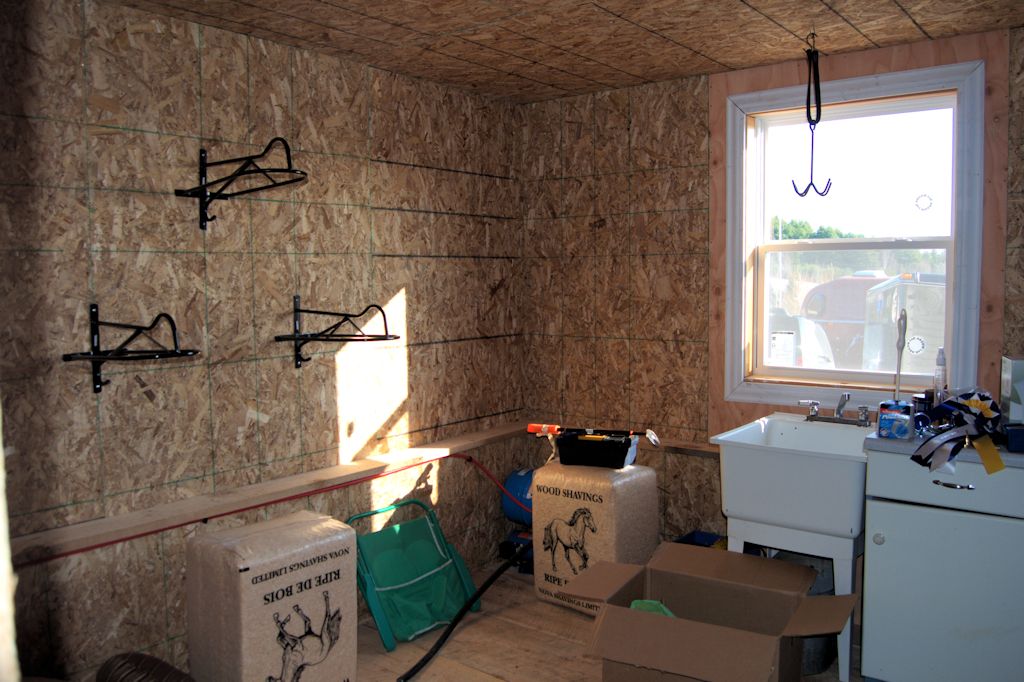
High-quality storage systems form the backbone of a well-organized tack room and are worth the investment. Saddle racks should be sturdy enough to support your saddles’ weight properly while maintaining their shape, with options including wall-mounted, free-standing, or rolling varieties to suit your space. Bridle hooks or bridle racks prevent leather from creasing and keep bit details untangled, while specialized boot trees maintain the shape of tall riding boots. Airtight containers protect blankets and seasonal items from moisture, dust, and pests during off-season storage. When selecting storage solutions, opt for durable materials that can withstand the humid, sometimes dusty conditions typical of barn environments, such as powder-coated metal, treated wood, or high-grade plastic.
Establish an Effective Saddle Storage System
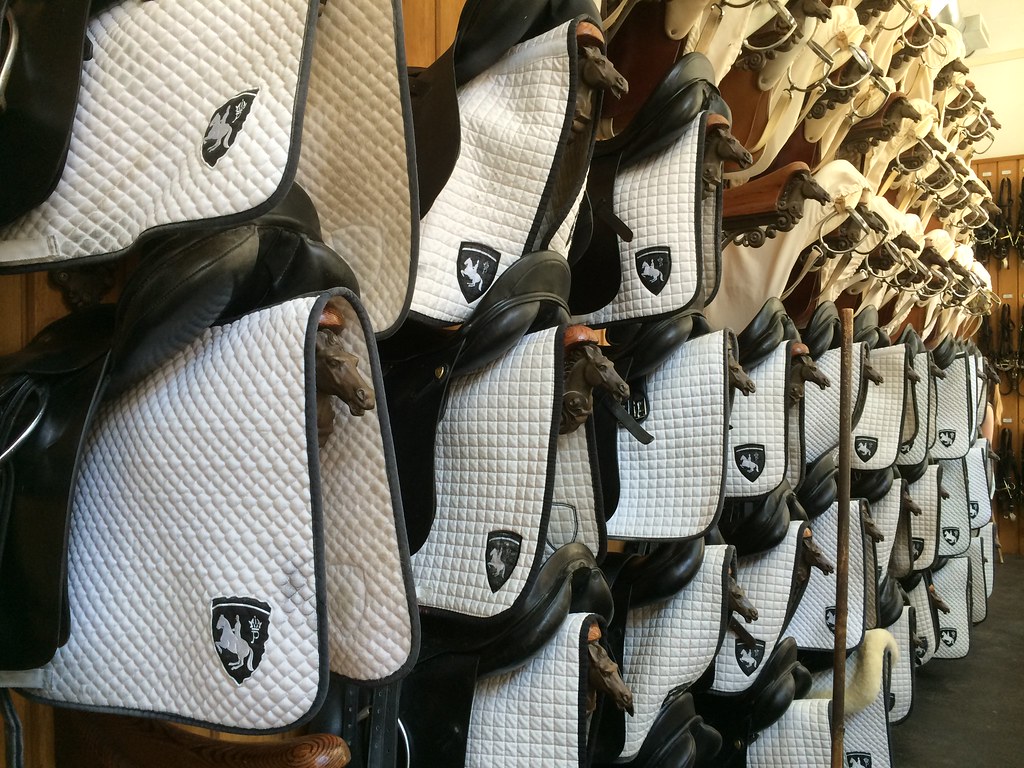
Saddles represent significant investments that require proper storage to maintain their integrity and extend their lifespan. Position saddle racks at a comfortable height that minimizes strain when lifting saddles on and off, typically between waist and chest height for most adults. Ensure adequate spacing between saddles to prevent them from touching and potentially damaging each other’s flaps or panels. Consider installing a small shelf or hook near each saddle for storing associated items like saddle pads, girths, or stirrup leathers. For saddles used less frequently, padded saddle covers provide additional protection against dust and inadvertent bumps, while maintaining proper airflow to prevent mildew development.
Create an Organized Bridle Storage Area
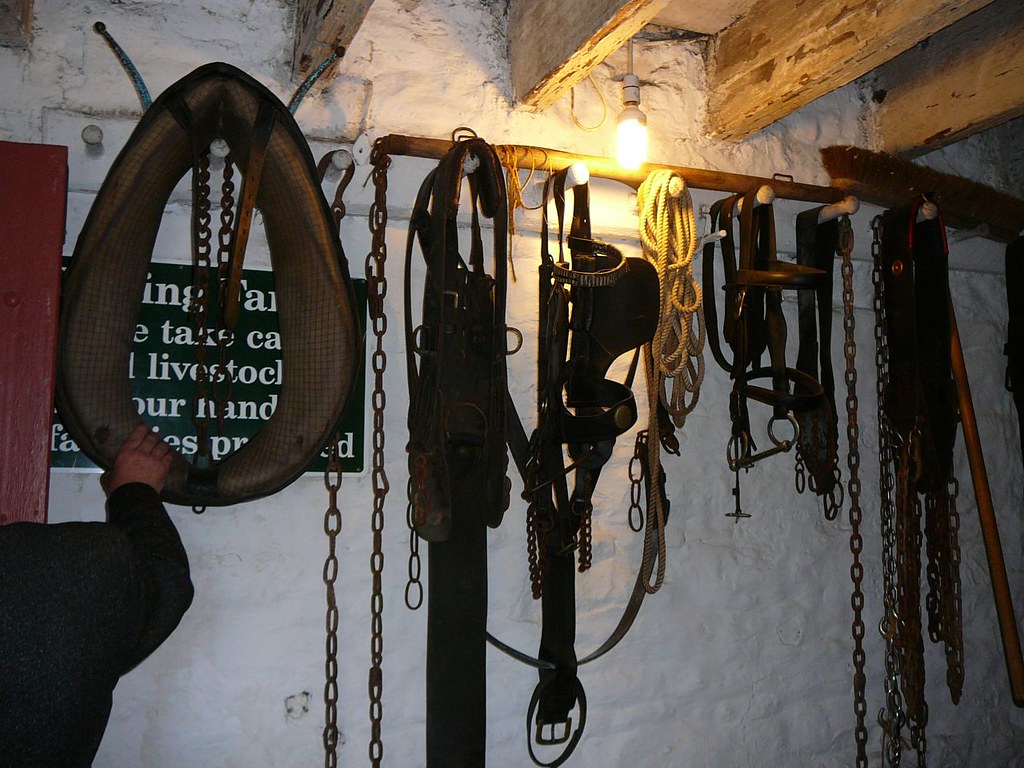
Bridles and headstalls require careful storage to maintain their shape and prevent tangling of reins and throatlatches. Install individual bridle hooks at eye level, spacing them approximately 8-10 inches apart to prevent overcrowding and allow easy access. Consider color-coding or labeling hooks if multiple horses or riders share the tack room to avoid confusion about which bridle belongs to whom. Store bits attached to their bridles rather than separately to eliminate the frustration of searching for matching components. For multiple bridle configurations, clear photographs attached near storage areas can serve as helpful visual references for proper assembly, especially useful for working students or new grooms unfamiliar with each horse’s specific setup.
Develop a Systematic Grooming Kit Organization
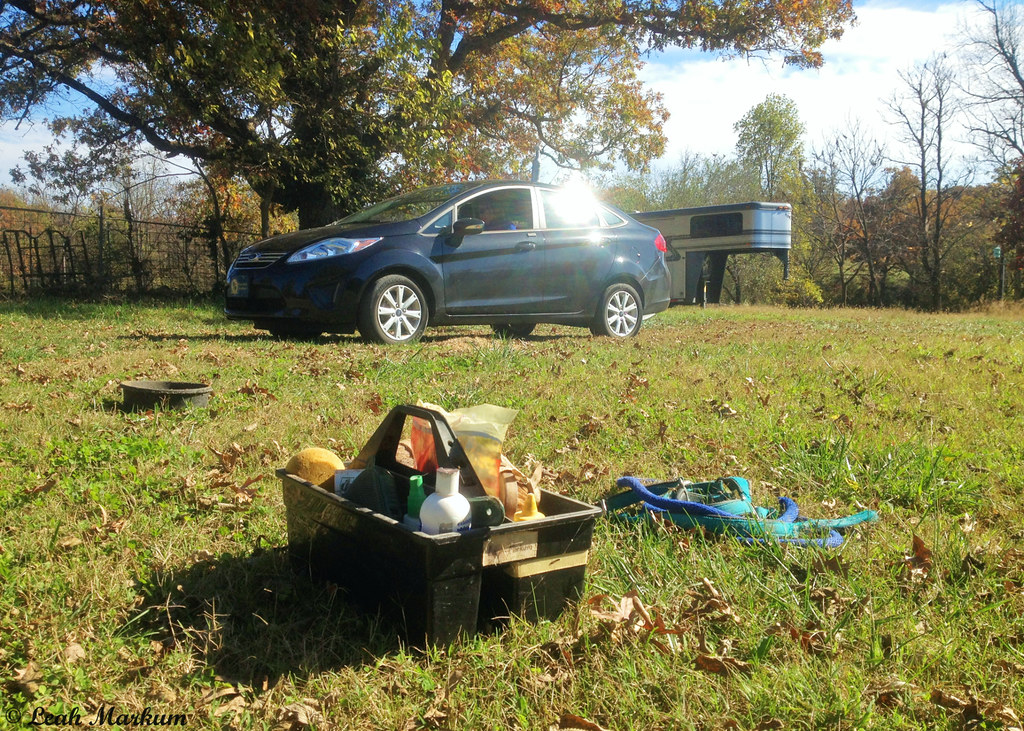
Grooming supplies benefit from systematic organization that allows quick access during daily horse care routines. Use caddy-style containers with handles for portable grooming kits that can be easily carried to stalls or grooming areas as needed. Implement drawer dividers or small bins within larger storage containers to separate brushes by type and function, preventing them from becoming a jumbled mess. Consider specialized holders for hoof picks and other frequently misplaced small tools, perhaps attached to walls near grooming areas for immediate accessibility. Establish a regular schedule for cleaning and grooming tools themselves, as clean brushes not only last longer but also perform better and contribute to your horse’s coat health.
Implement Smart Blanket Storage Solutions
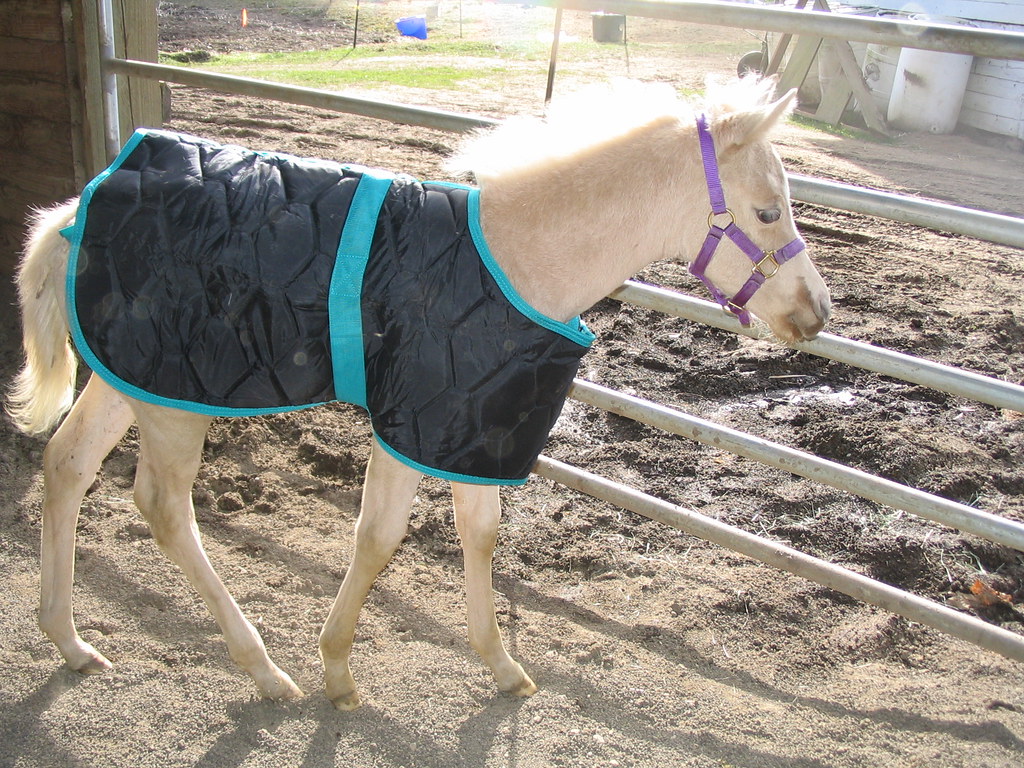
Horse blankets present unique storage challenges due to their bulk and seasonal nature. Install blanket racks or bars that allow air circulation around stored blankets, preventing moisture buildup that could lead to mildew or musty odors. For off-season storage, thoroughly clean and repair blankets before placing them in breathable storage bags or containers with appropriate moth-repellent protection. Label each blanket clearly with the horse’s name and blanket weight or type to eliminate confusion during seasonal transitions. Consider an inventory system that tracks which blankets are currently in use versus storage, particularly helpful for barns with multiple horses requiring different blanket weights throughout changing seasons.
Design an Efficient Supplement and Medication Area
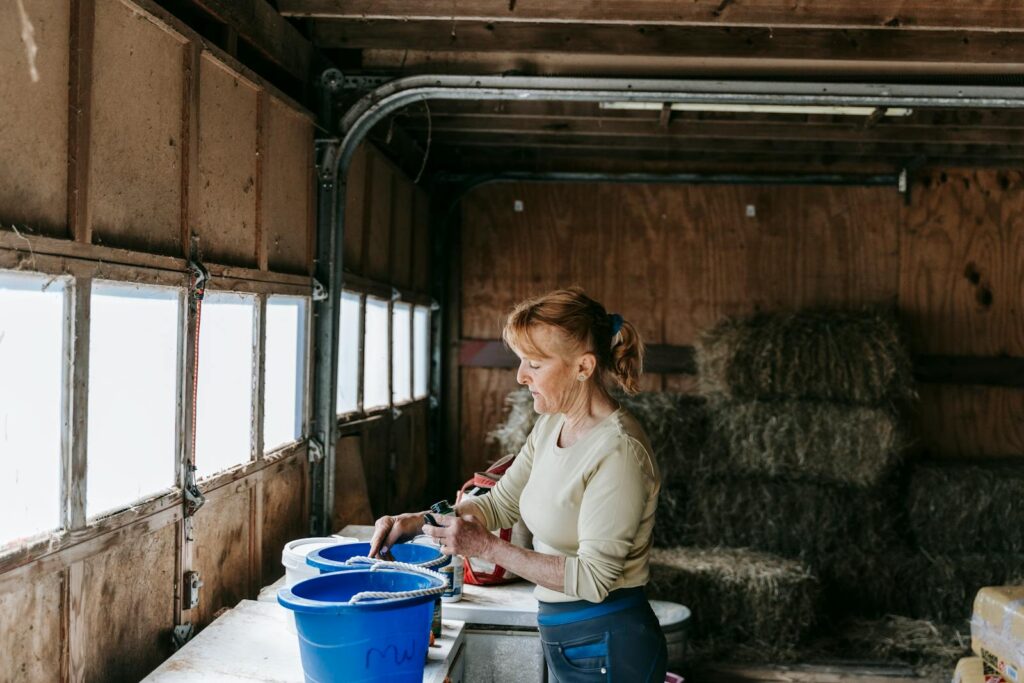
Creating a dedicated zone for supplements, medications, and first aid supplies ensures these essential items remain organized and accessible when needed. Install a lockable cabinet or designated shelf for medications that need to be secured, particularly important for prescription items or controlled substances. Use clear containers with airtight seals for bulk supplements, labeling each clearly with contents and feeding instructions to prevent confusion. Maintain a visible inventory list of supplies with expiration dates to facilitate timely reordering and prevent using outdated medications. Position this area away from direct sunlight and temperature extremes that could compromise the efficacy of medicinal products.
Establish a Cleaning Station for Equipment Maintenance
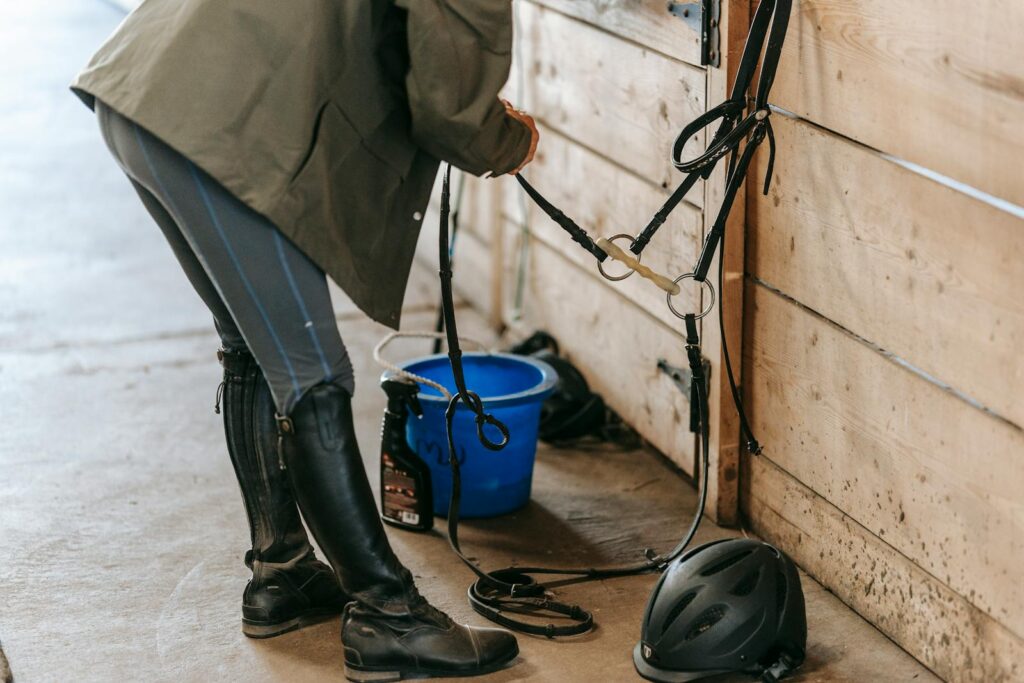
Regular cleaning extends the life of expensive tack, making a dedicated cleaning station a worthwhile addition to any tack room. Position your cleaning area near water access if possible, with adequate lighting for inspecting leather condition and detecting potential issues before they become serious. Stock the station with appropriate leather cleaners, conditioners, metal polishes, sponges, and soft cloths, organizing them in easily accessible containers. Include a small table or counter space at a comfortable working height where you can spread out pieces during cleaning sessions. Consider installing a pegboard above the cleaning station to hang tools and brushes used specifically for tack maintenance, keeping everything visible and within reach.
Utilize Vertical Space Effectively
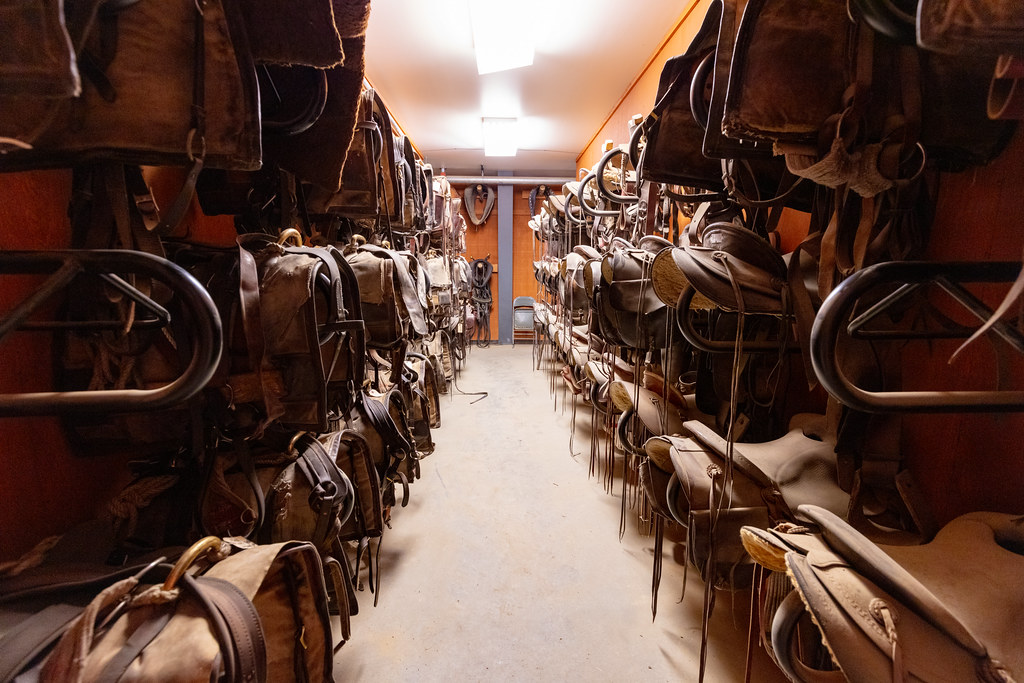
Maximizing vertical storage opportunities dramatically increases your tack room’s capacity without expanding its footprint. Install adjustable shelving systems that can be reconfigured as your needs change, using higher shelves for seasonal or less frequently used items. Consider pegboard systems for walls that allow customizable hook arrangements for hanging crops, spurs, halters, and other accessories that benefit from vertical display. Utilize over-door hangers for items like coiled lunge lines, schooling whips, or show jackets that need to maintain their shape. Remember to secure heavy items at lower heights for safety, while lighter objects can occupy higher positions without creating hazards during retrieval.
Implement a Labeling System
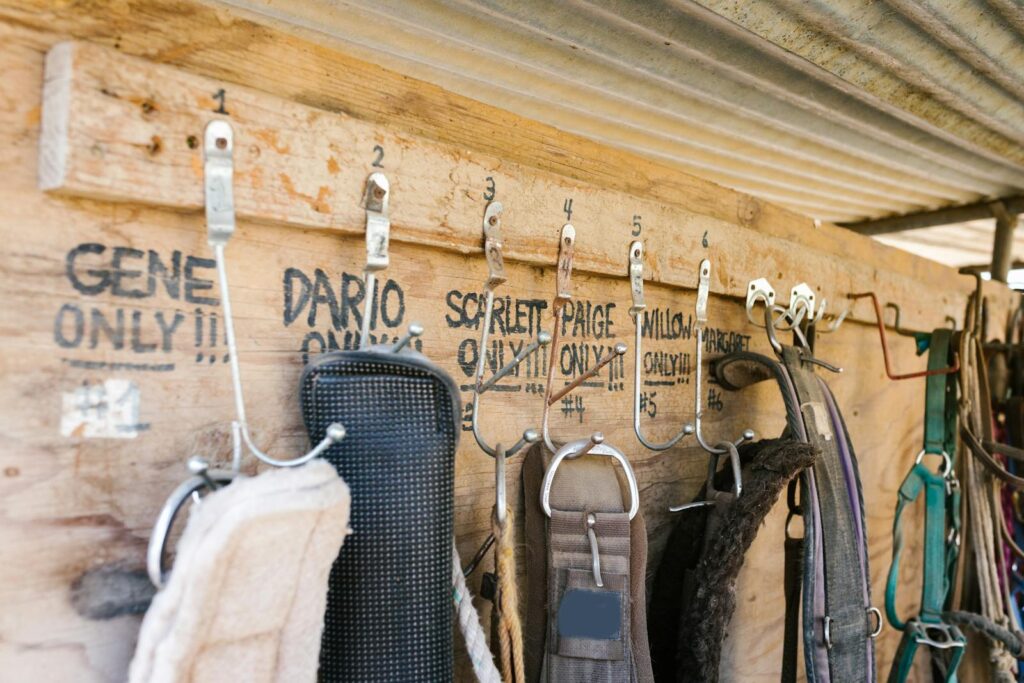
Clear labeling transforms an organized tack room into a truly efficient space that anyone can navigate. Create waterproof, dust-resistant labels for bins, drawers, and shelves that clearly indicate contents, making it easy to find items quickly and return them to their proper places. Consider color-coding systems that assign specific colors to each horse or rider, extending this scheme to everything from grooming supplies to blanket tags for instant visual identification. For barns with multiple users, include simple instruction labels near specialized equipment explaining proper usage and storage procedures. Review and update your labeling system periodically as equipment changes or as you refine your organizational approach based on practical experience.
Maintain Regular Cleaning and Organization Schedules
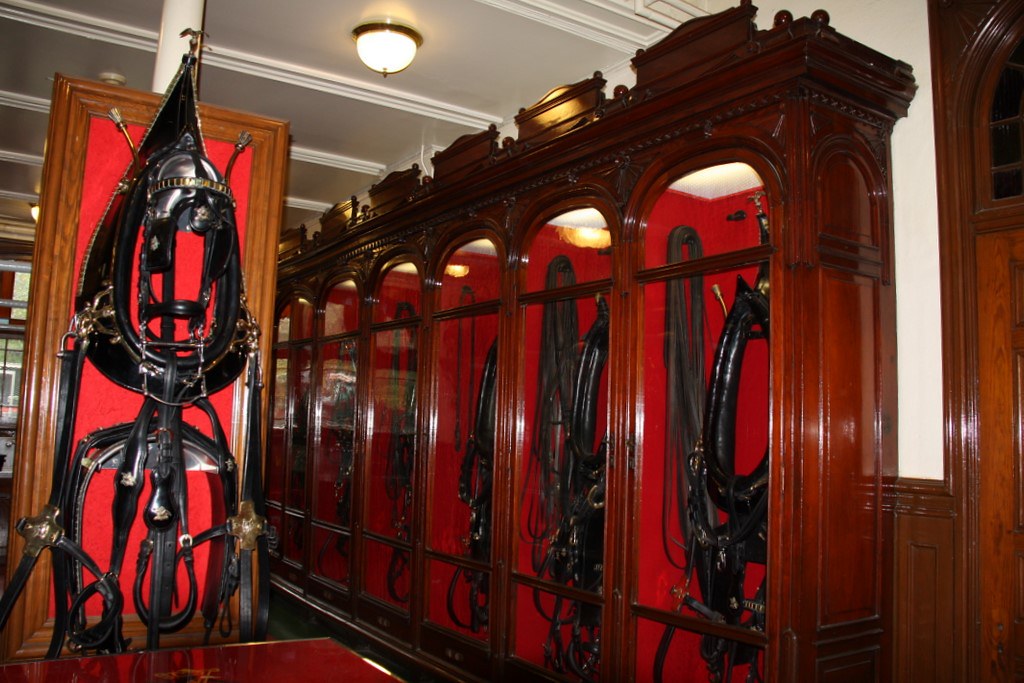
Even the most perfectly organized tack room requires ongoing maintenance to remain functional. Establish a weekly quick-tidy routine to return misplaced items to their designated locations and wipe down surfaces that accumulate dust or dirt. Schedule monthly deeper cleaning sessions to vacuum corners, dust high shelves, and check for signs of pests or moisture problems that could damage equipment. Conduct seasonal reorganizations that coincide with changing weather patterns, bringing current-season blankets, quarter sheets, or cooling equipment to easily accessible locations while storing off-season items. Create a shared responsibility system if multiple people use the space, perhaps with a simple checklist that rotates cleaning duties fairly among all users.
Incorporate Technology for Inventory Management
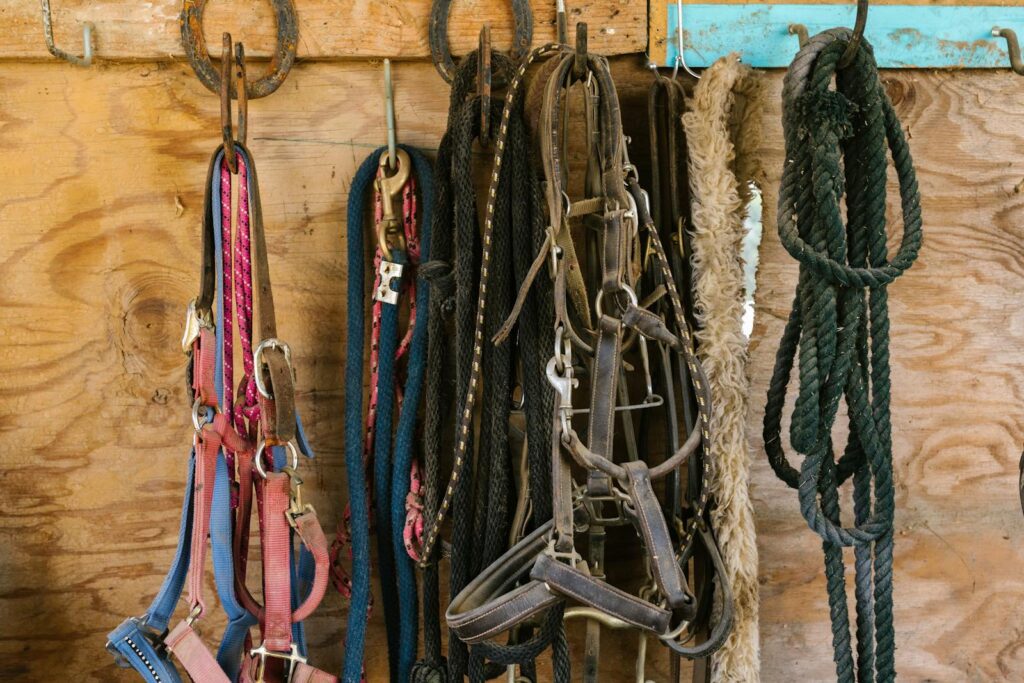
Modern technology offers innovative solutions for maintaining tack room organization beyond physical storage systems. Create digital inventories using spreadsheets or specialized equestrian apps that track equipment details, purchase dates, maintenance schedules, and replacement needs. Consider implementing a simple barcode or QR code system for valuable equipment that links to maintenance records or warranty information when scanned with a smartphone. Install a small tablet or laminated instruction sheets with care guidelines for specialized equipment, particularly useful in training facilities where multiple caretakers might handle the same items. For facilities with security concerns, consider smart locks or simple camera systems that protect valuable tack while providing peace of mind.
A well-organized tack room becomes the command center of your equestrian activities, streamlining preparation time and ensuring equipment remains in optimal condition. By implementing these systematic approaches to organization, you’ll create a functional space that enhances your horsemanship experience. Remember that the perfect system evolves over time as you discover what works best for your specific needs. The effort invested in creating and maintaining an organized tack room pays dividends in time saved, equipment preserved, and the simple pleasure of working in a space where everything has its place. Your horses—and your peace of mind—will benefit from this thoughtful approach to equestrian organization.

